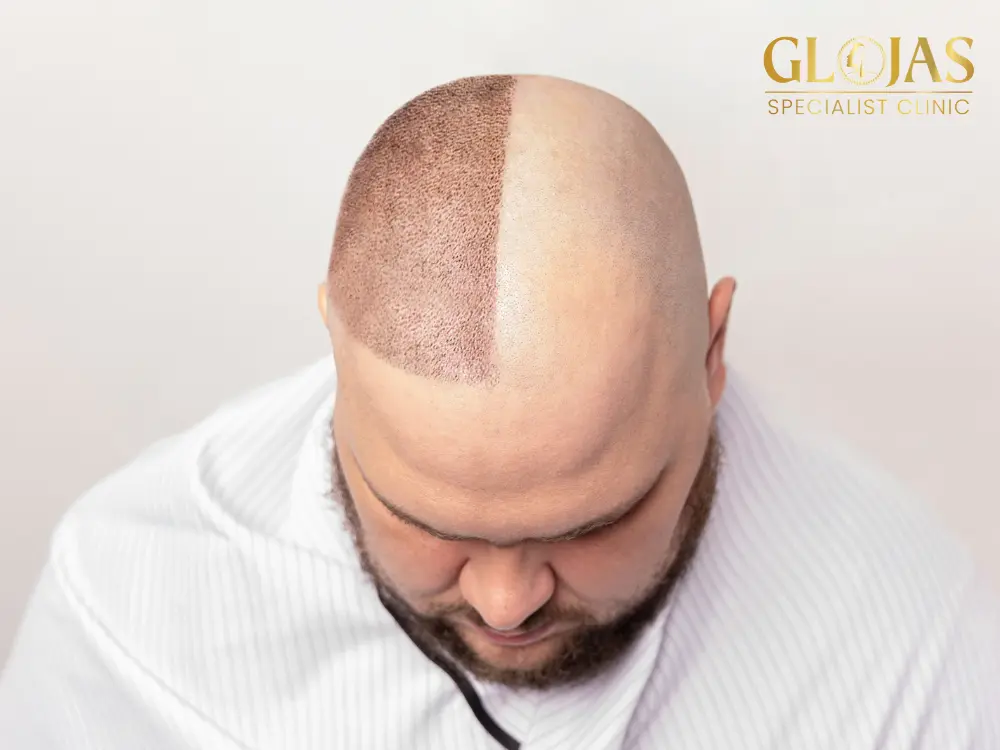Transform Your Look with the Power of Hair Transplantation: 7 Surprising Benefits

Hair loss can be a challenging experience, affecting both men and women across various ages. However, with the advancements in medical technology, hair transplantation has emerged as a powerful and effective solution to combat this issue. This article will delve into the intricacies of hair transplantation, highlighting its benefits, procedure, and everything you need to […]


